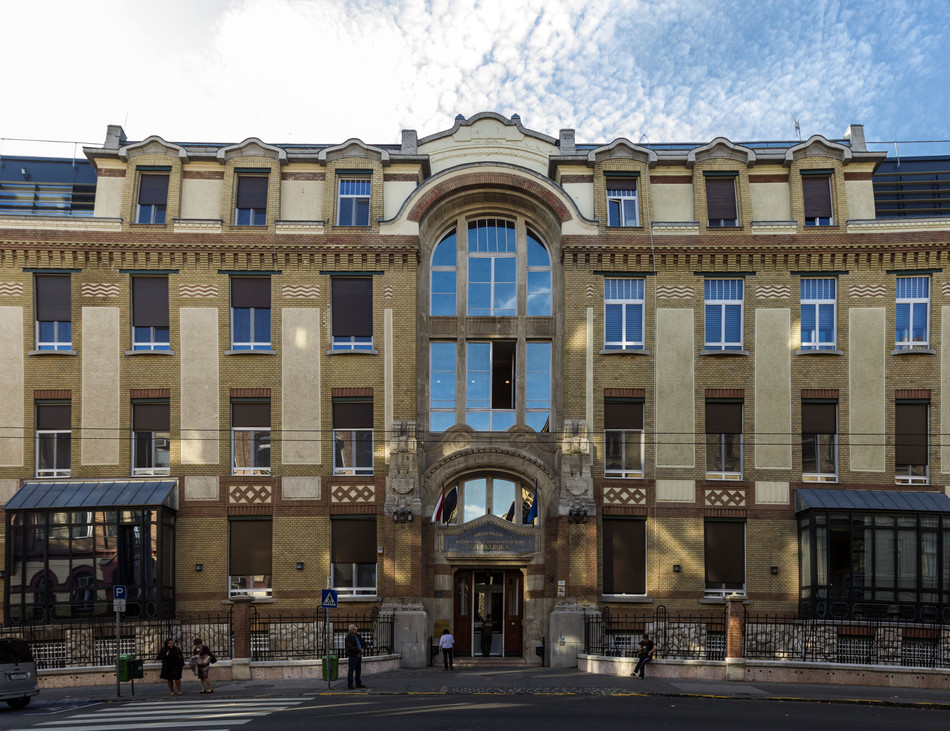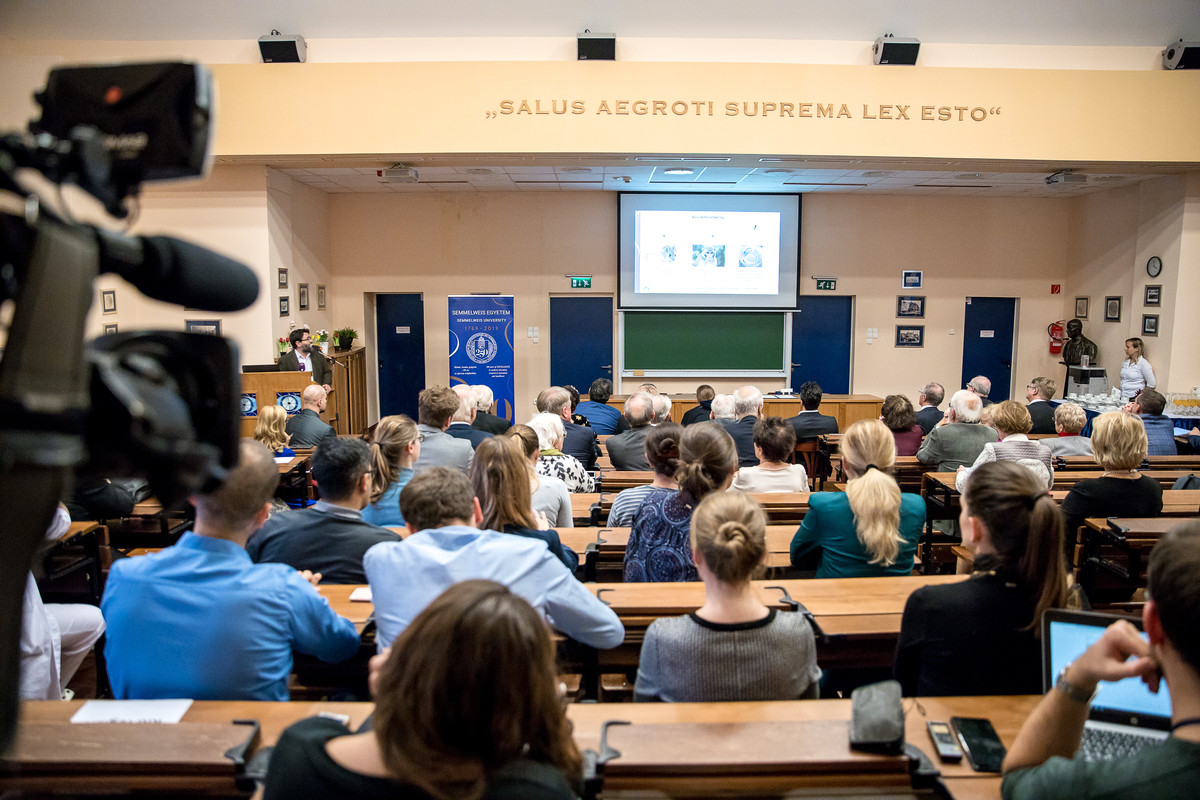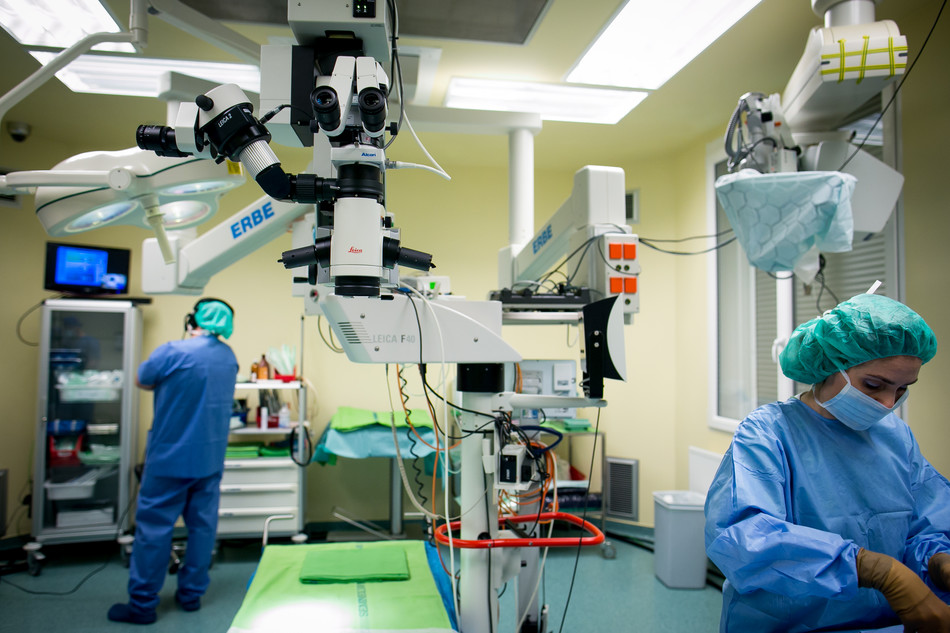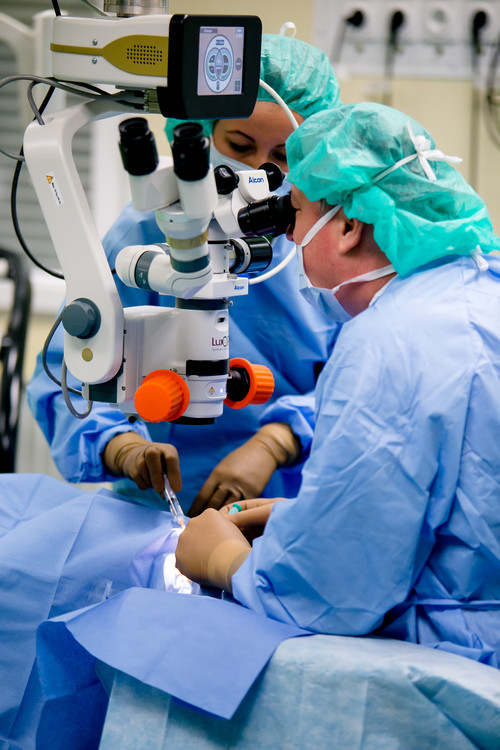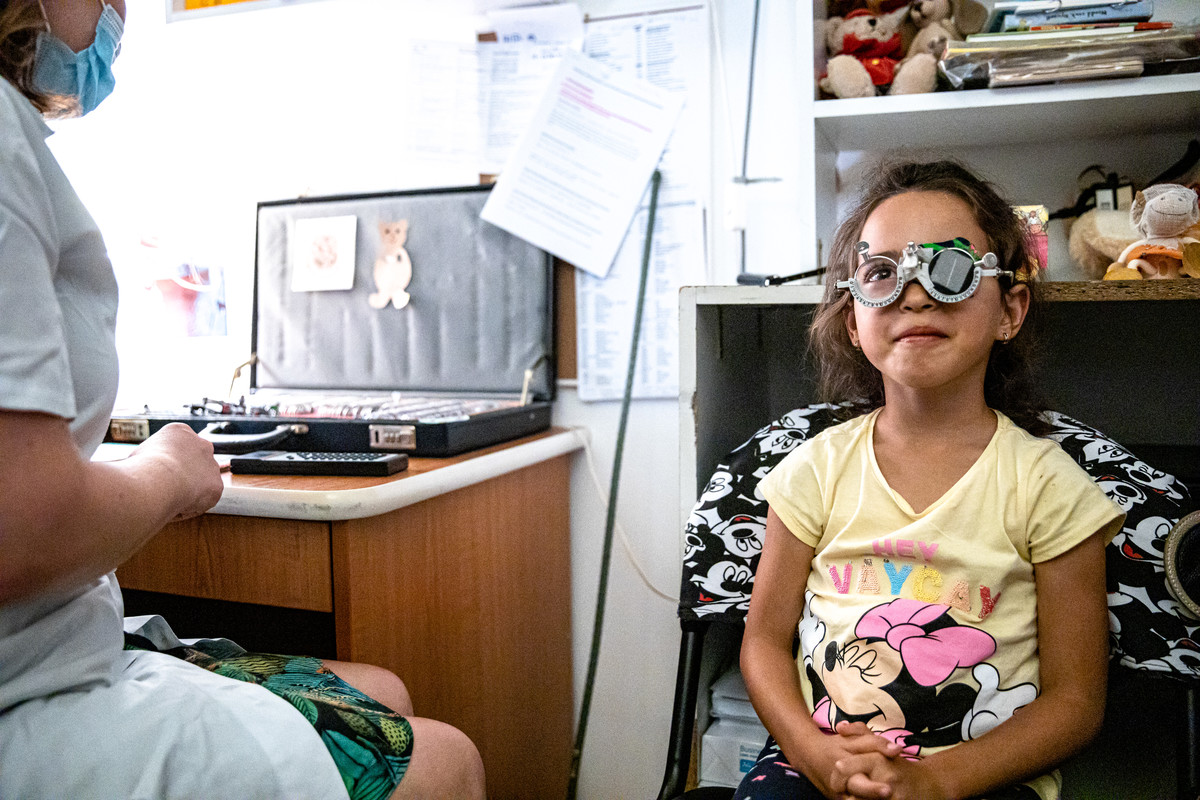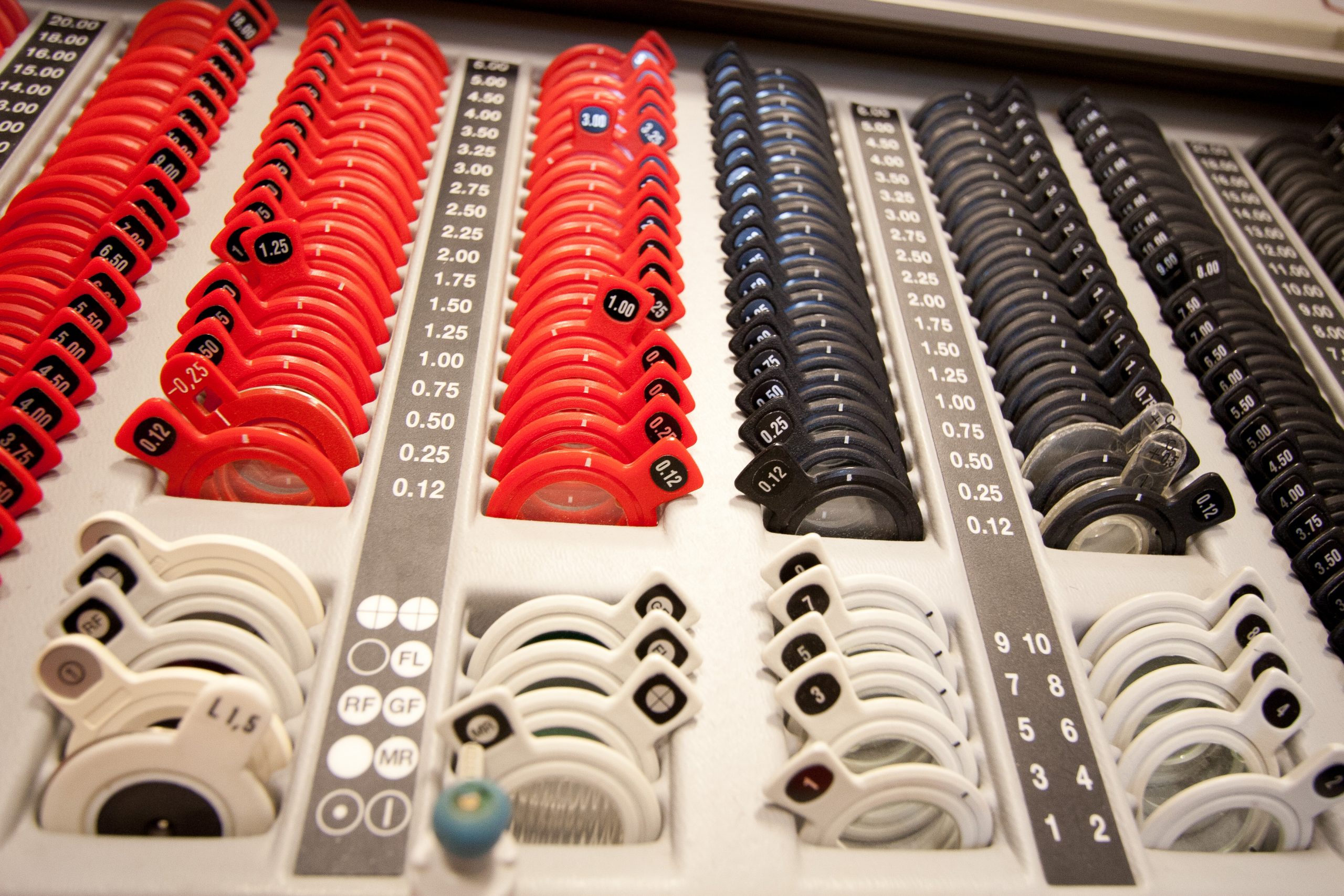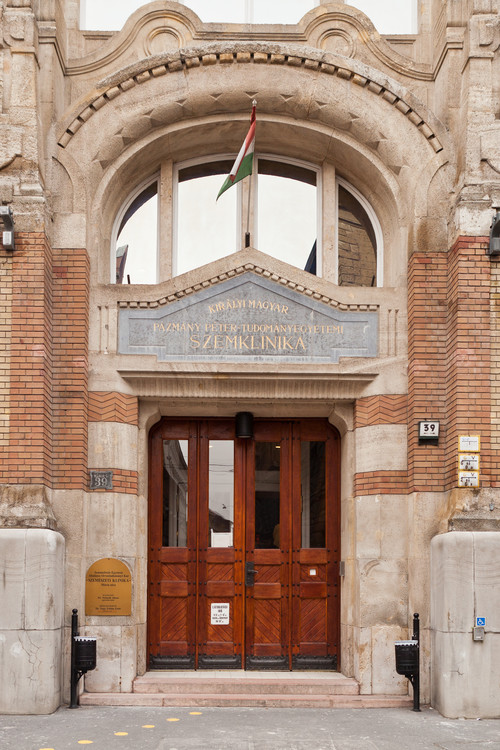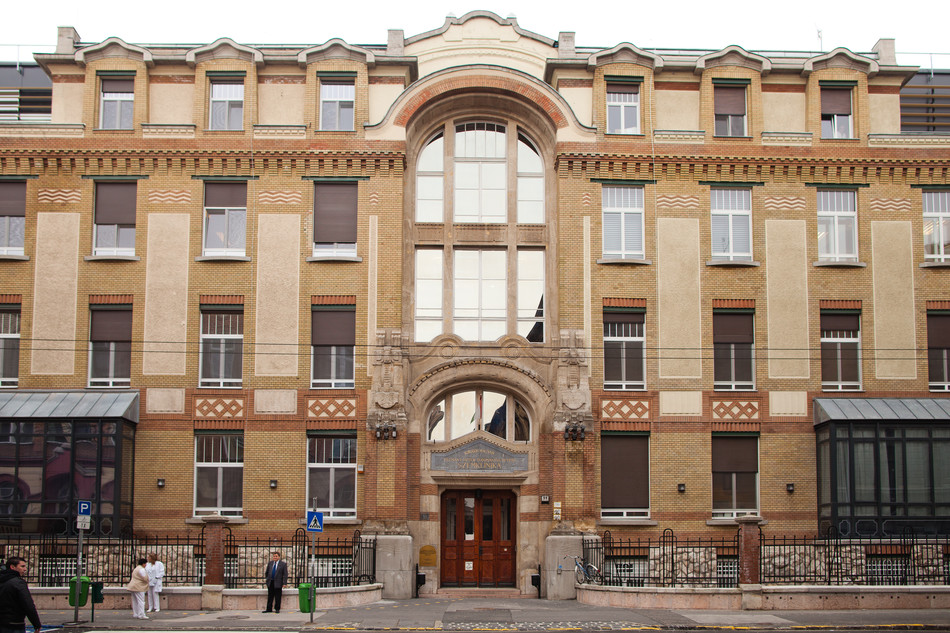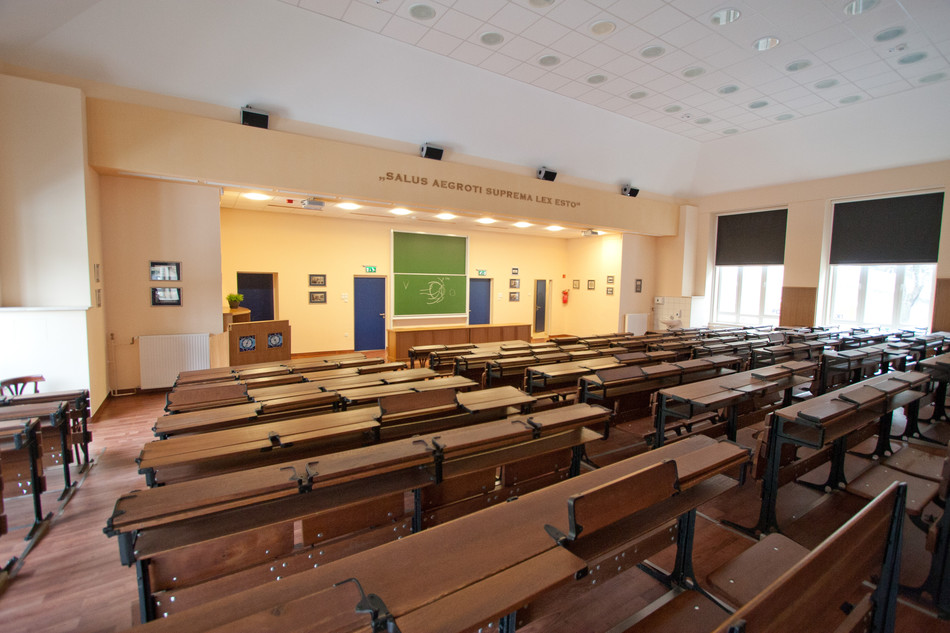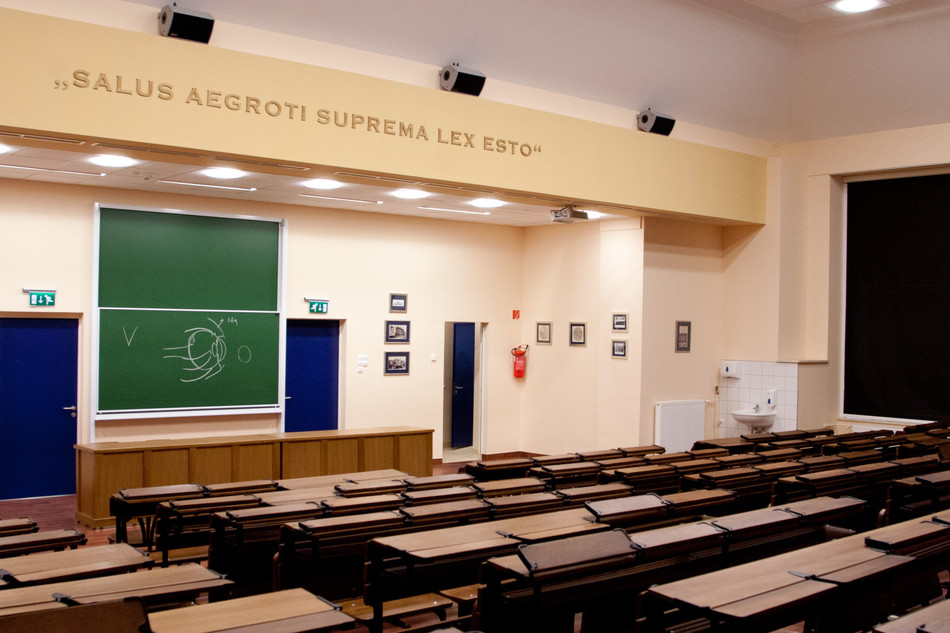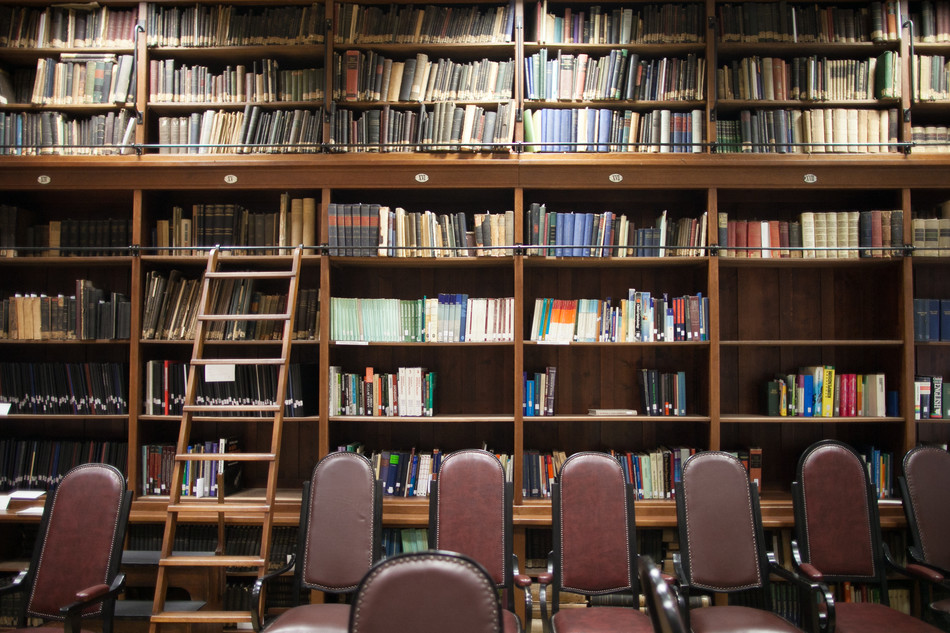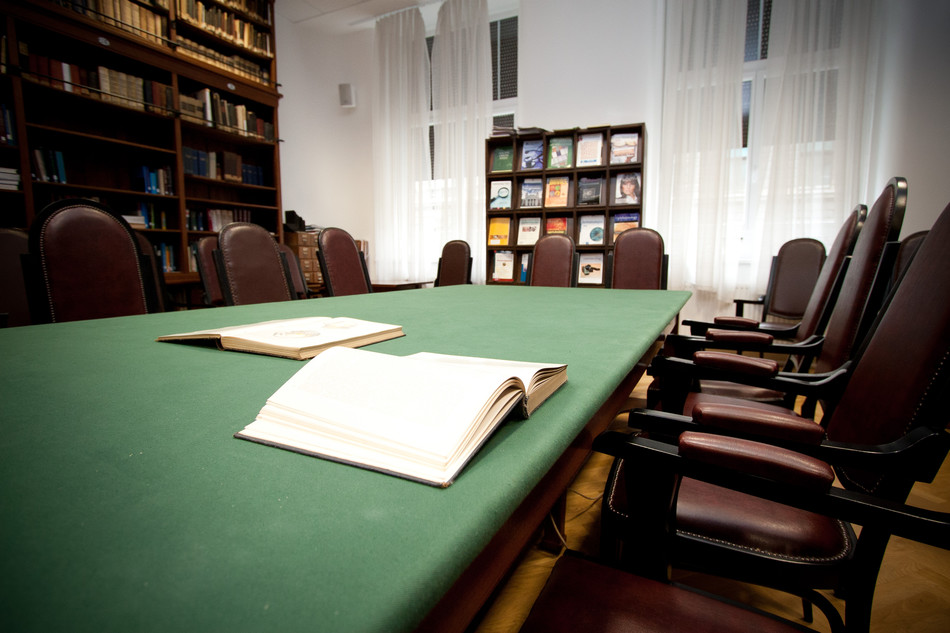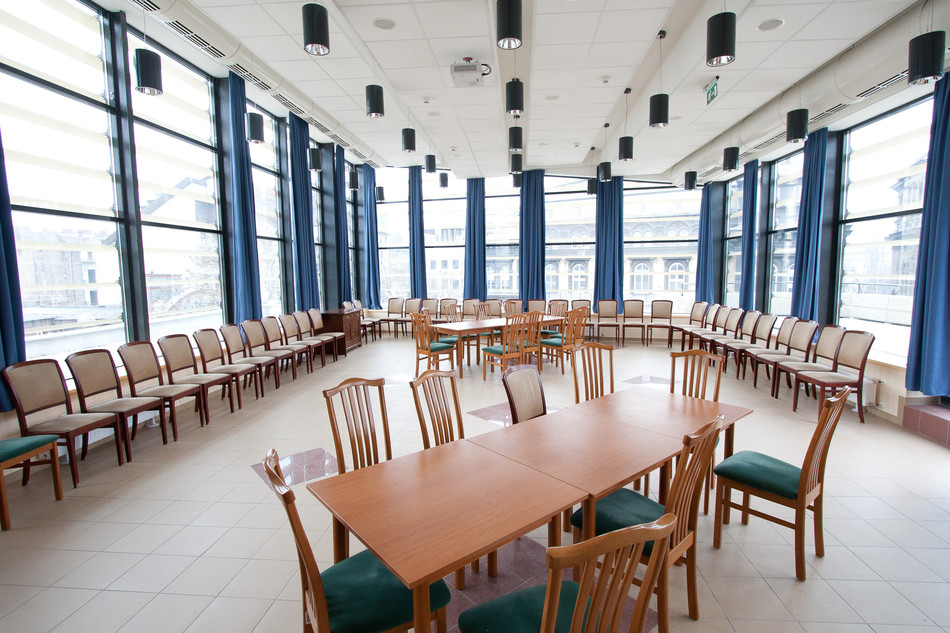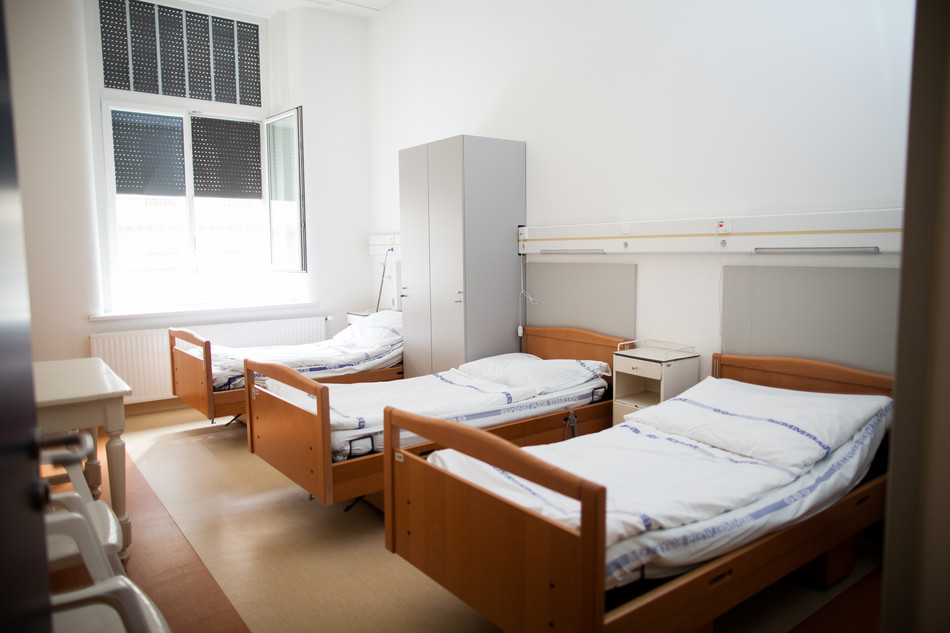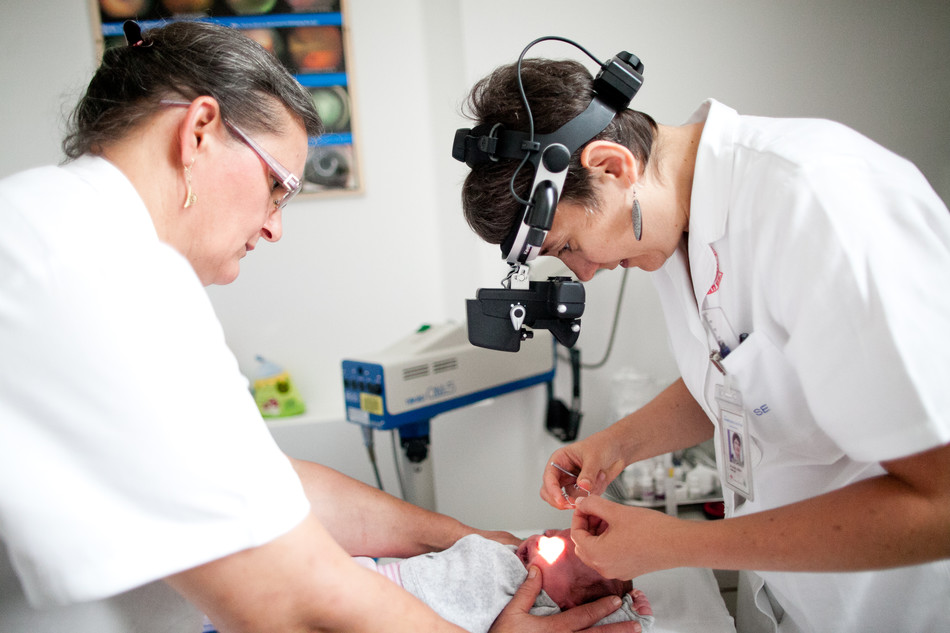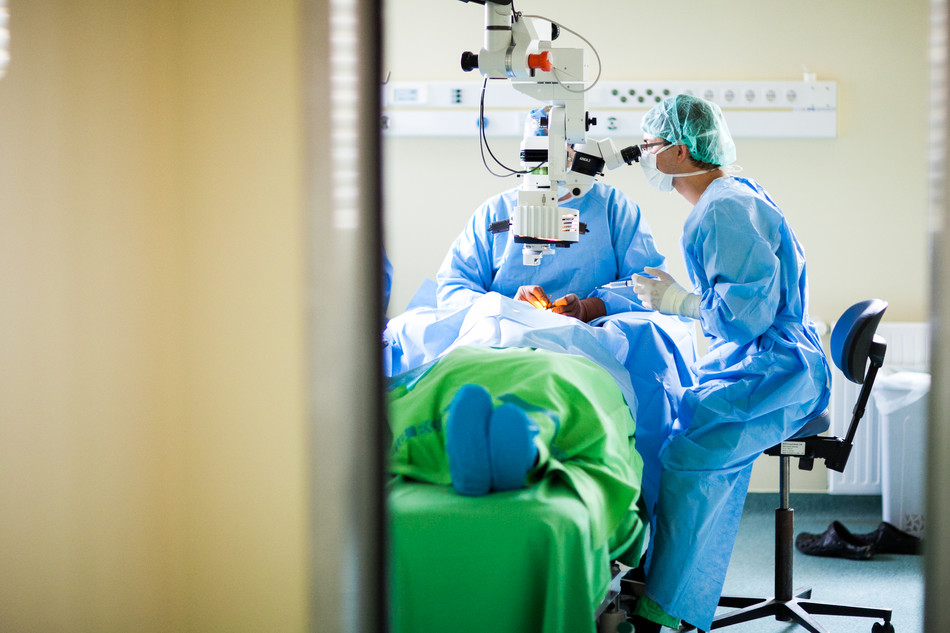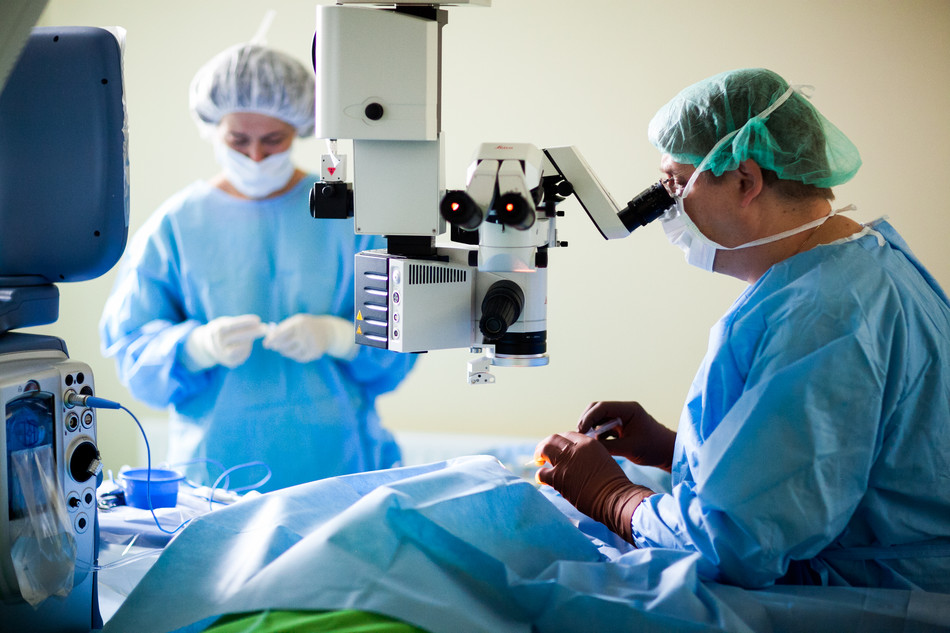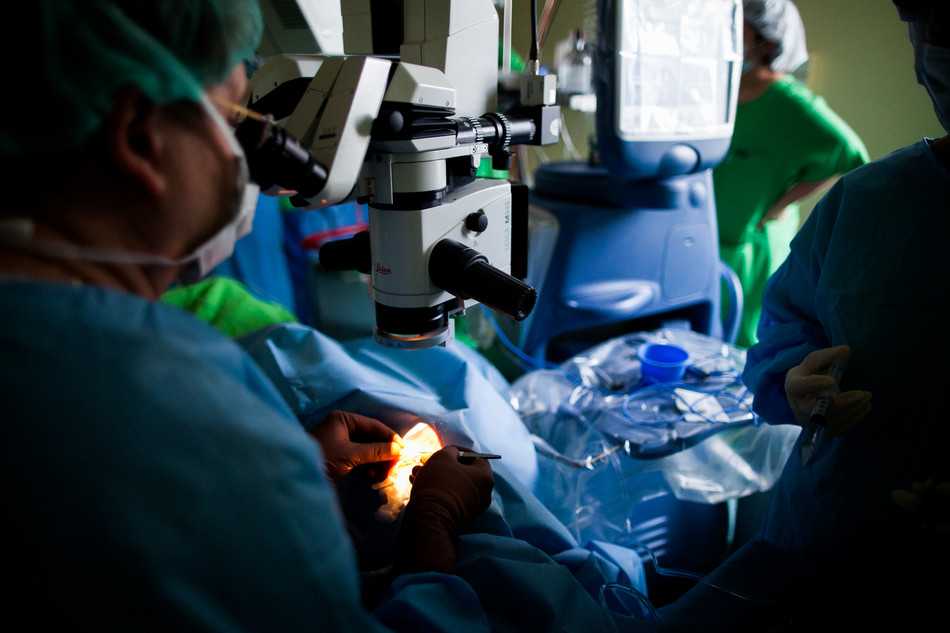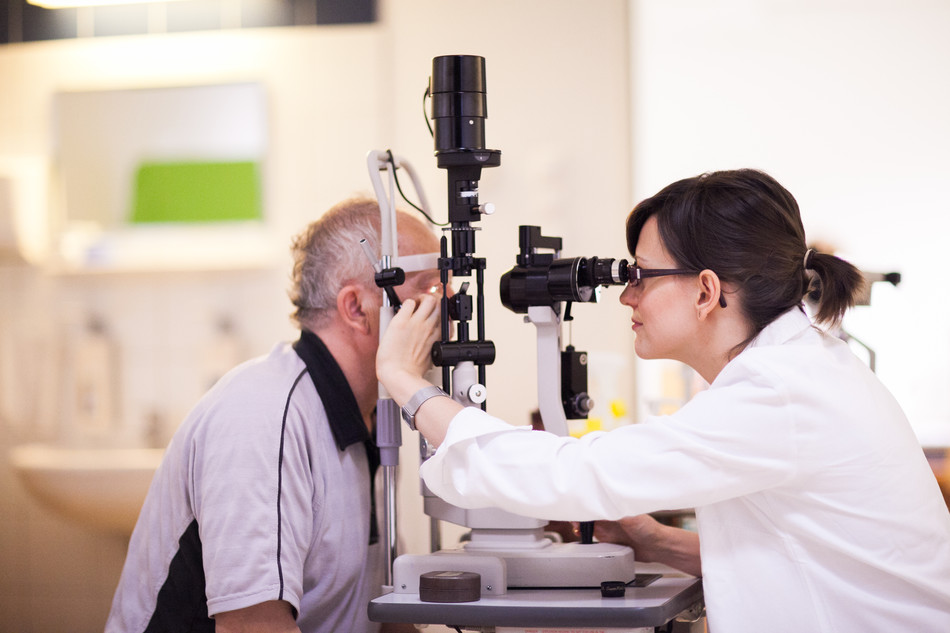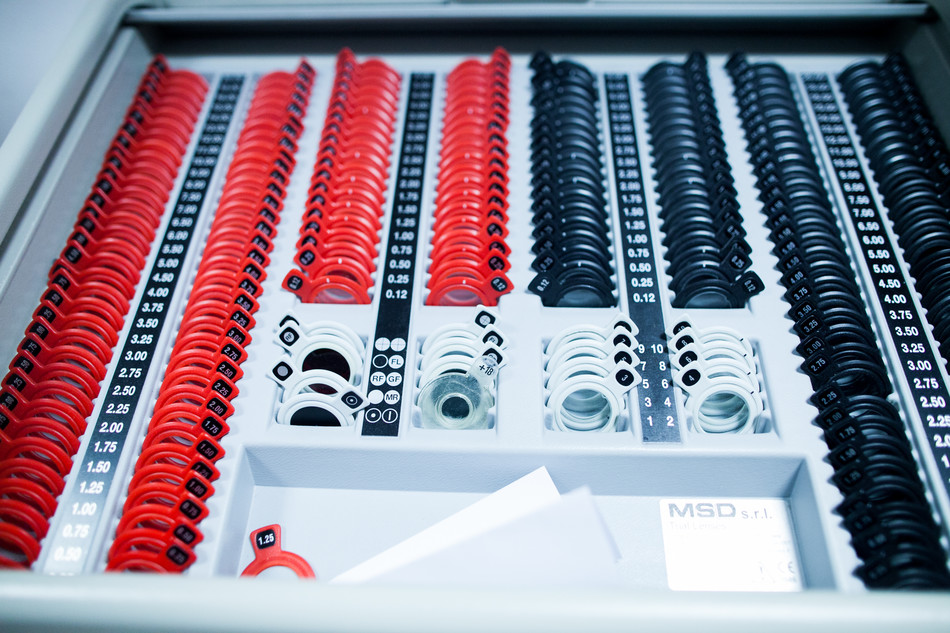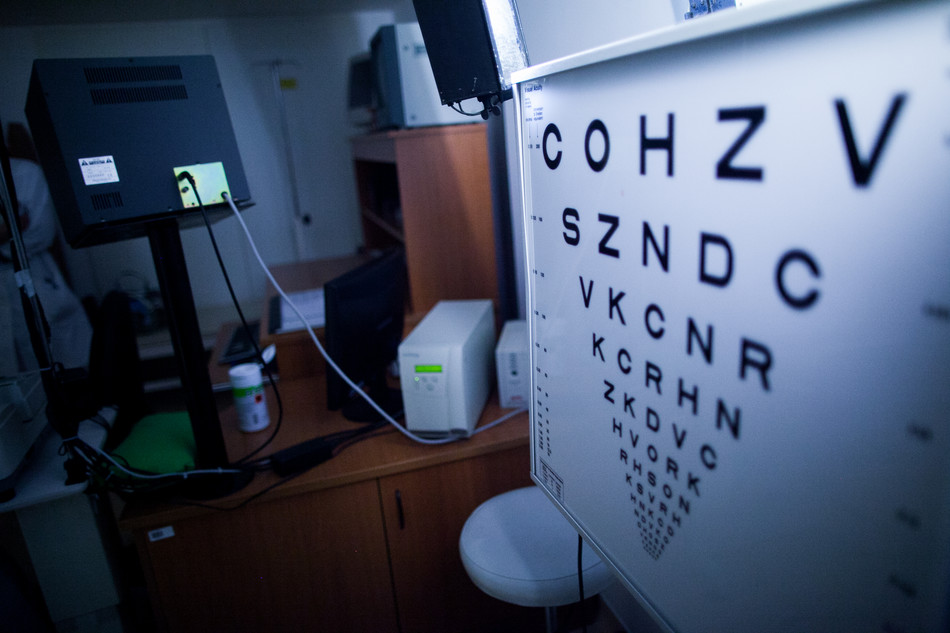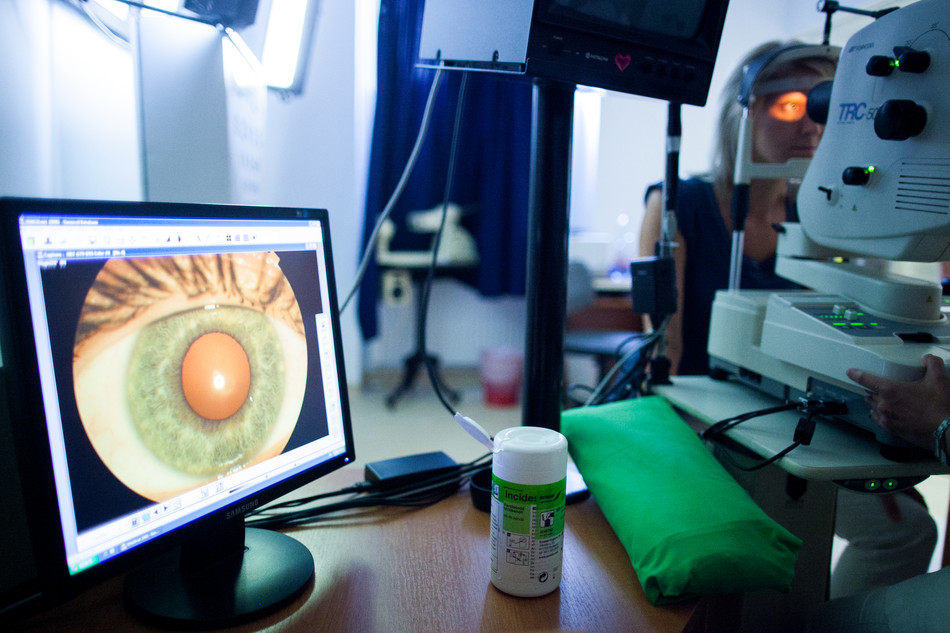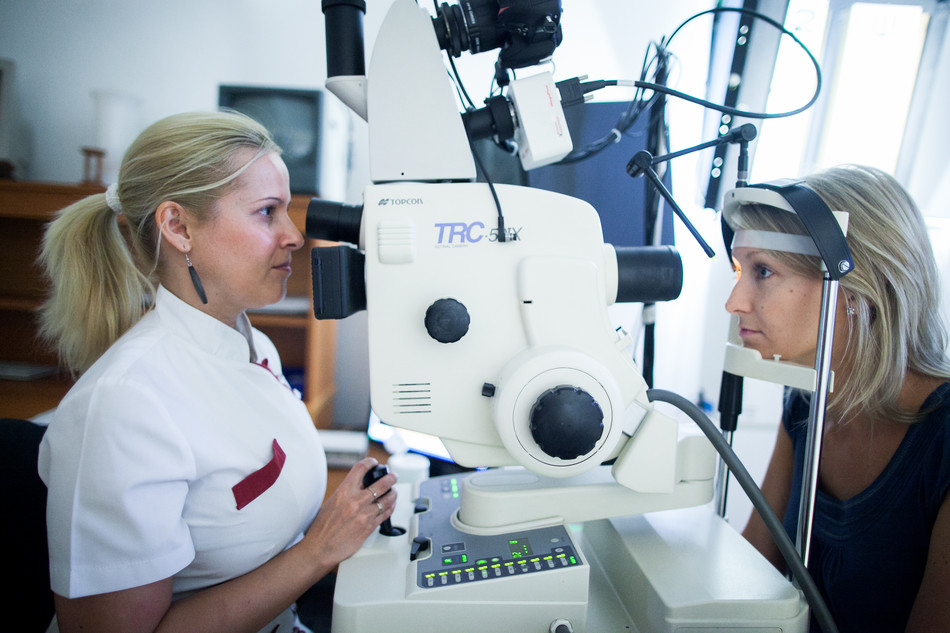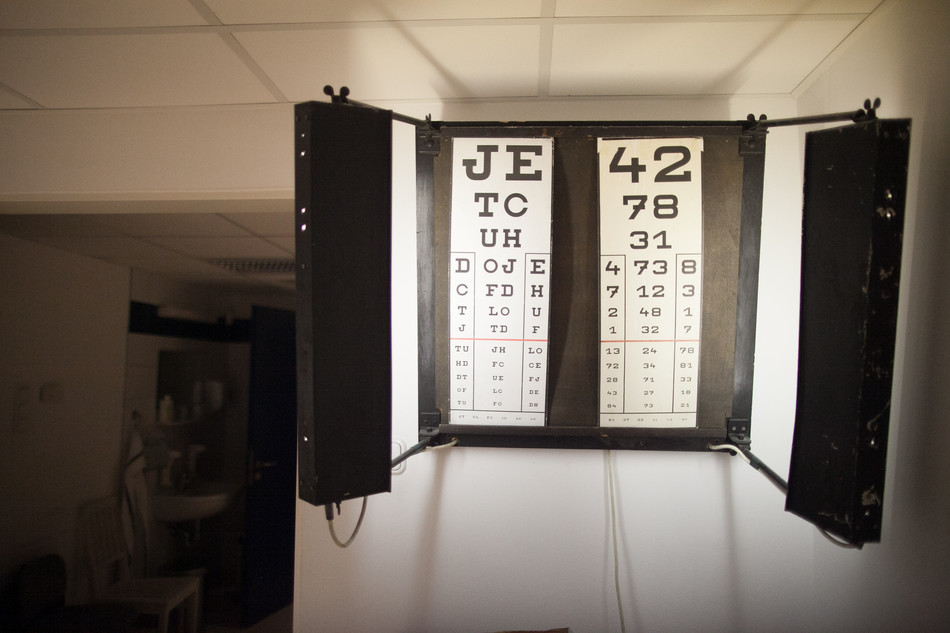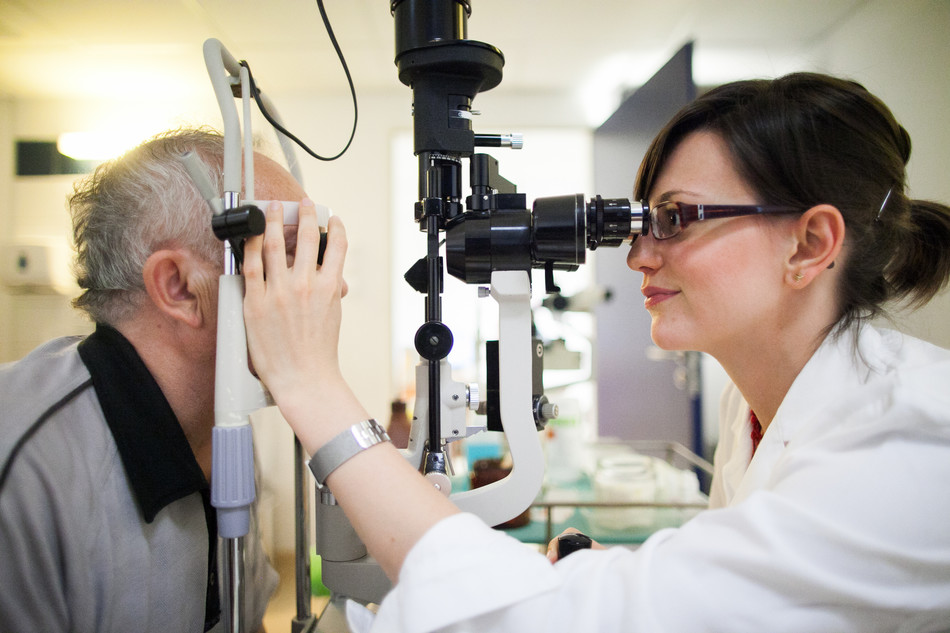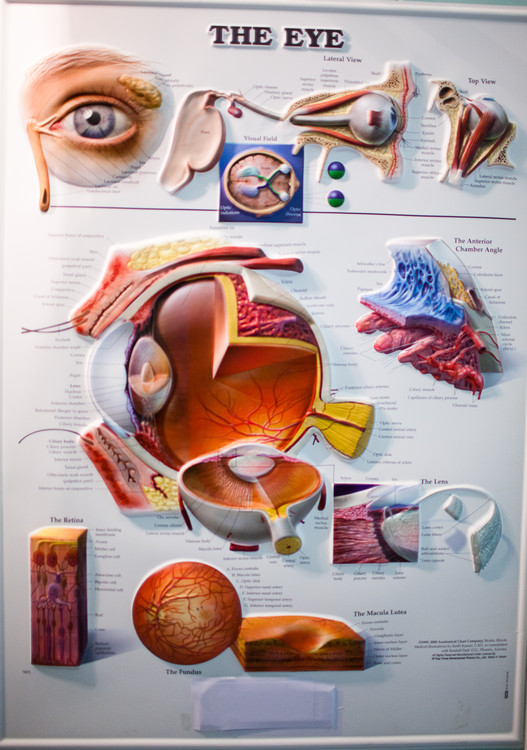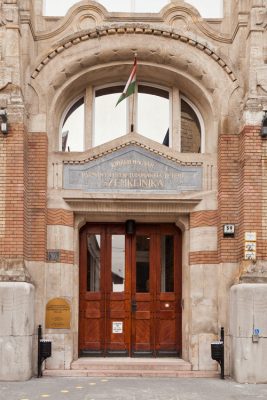 In the spirit of its predecessors, the clinic considers the teaching of ophthalmology to be a major task. The Hungarian general medical education is complemented by English and German language education, as well as Hungarian, German and English language dental education. On average, nearly 500 students study and complete their doctoral studies at the clinic each academic year. Every year, 12-20 students write their theses in Hungarian, English or German and 9-11 students do their TDK work. Since 1996 the clinic has a PhD programme entitled “Physiology and Pathology of Vision”. Every year 2-3 students enter the programme. The number of entrants to residency training is 2-5 per year, and, in addition the clinic trains 3-7 candidates in a one-year pre-specialist training programme. The residency training lasts 5 years, which includes 160 hours of theoretical training and a compulsory practical training for young doctors. Part of the teaching work is the regular continuing education of specialists, which is supported by 12-15 courses per year with guest lecturers from Hungary and abroad.
In the spirit of its predecessors, the clinic considers the teaching of ophthalmology to be a major task. The Hungarian general medical education is complemented by English and German language education, as well as Hungarian, German and English language dental education. On average, nearly 500 students study and complete their doctoral studies at the clinic each academic year. Every year, 12-20 students write their theses in Hungarian, English or German and 9-11 students do their TDK work. Since 1996 the clinic has a PhD programme entitled “Physiology and Pathology of Vision”. Every year 2-3 students enter the programme. The number of entrants to residency training is 2-5 per year, and, in addition the clinic trains 3-7 candidates in a one-year pre-specialist training programme. The residency training lasts 5 years, which includes 160 hours of theoretical training and a compulsory practical training for young doctors. Part of the teaching work is the regular continuing education of specialists, which is supported by 12-15 courses per year with guest lecturers from Hungary and abroad.
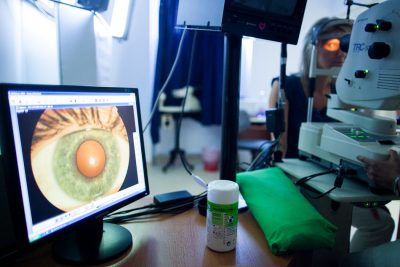 The scientific work covers topics in almost all fields of ophthalmology. The scientific activities of the clinic are related to the following topics: Tear film dynamics and its effect on refraction (corneal topography, wavefront analysis), pathomorphology of corneal diseases, corneal transplantation, corneal wound healing after excimer laser photorefractive keratectomy (morphological studies on experimental material), pathogenesis and pathomechanism of glaucoma, blood circulation of the eyeball and orbit, ophthalmological complications of vascular diseases and their therapy, digital processing of fluorescein and indocyanine green angiographic images for diagnostics, the importance of fluorophotometry in the study of blood-retinal fluid and blood-retinal barrier damage, the effect of laser on the retina, experimental and human electrophysiological studies, ultrasound diagnostics in ophthalmology, ophthalmic genetics, ophthalmic drug discovery and development.
The scientific work covers topics in almost all fields of ophthalmology. The scientific activities of the clinic are related to the following topics: Tear film dynamics and its effect on refraction (corneal topography, wavefront analysis), pathomorphology of corneal diseases, corneal transplantation, corneal wound healing after excimer laser photorefractive keratectomy (morphological studies on experimental material), pathogenesis and pathomechanism of glaucoma, blood circulation of the eyeball and orbit, ophthalmological complications of vascular diseases and their therapy, digital processing of fluorescein and indocyanine green angiographic images for diagnostics, the importance of fluorophotometry in the study of blood-retinal fluid and blood-retinal barrier damage, the effect of laser on the retina, experimental and human electrophysiological studies, ultrasound diagnostics in ophthalmology, ophthalmic genetics, ophthalmic drug discovery and development.
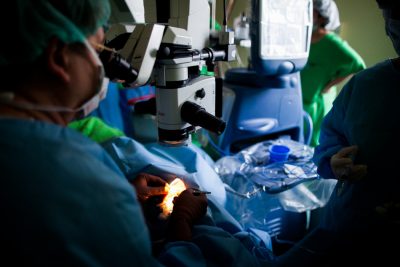 The medical work of the clinic is mainly surgical: all modern microsurgical operations are performed: all types of cataract surgery with artificial lens implantation, glaucoma surgery, corneal transplantation. All areas of vitreoretinal surgery are performed in cases of neuroretinal detachments, neuroretinal complications due to diabetes, eye diseases in premature infants, etc. Microsurgery is complemented by other surgical procedures such as operations on the organs of the eye: lacrimal surgery, plastic and orbital reconstructive surgery. Laser surgery is extensively used in the treatment of glaucoma, secondary cataracts, fundus diseases and in the alteration of the refraction of the eye (excimer laser treatments). Modern ophthalmic diagnostics is performed with state-of-the-art instruments: ultrasound diagnostics, electrophysiology, fluorescein and indocyanine green angiography, optical coherence tomography, automated perimetry, confocal scanning microscopy, corneal topography and pachymetry assist routine examination procedures.
The medical work of the clinic is mainly surgical: all modern microsurgical operations are performed: all types of cataract surgery with artificial lens implantation, glaucoma surgery, corneal transplantation. All areas of vitreoretinal surgery are performed in cases of neuroretinal detachments, neuroretinal complications due to diabetes, eye diseases in premature infants, etc. Microsurgery is complemented by other surgical procedures such as operations on the organs of the eye: lacrimal surgery, plastic and orbital reconstructive surgery. Laser surgery is extensively used in the treatment of glaucoma, secondary cataracts, fundus diseases and in the alteration of the refraction of the eye (excimer laser treatments). Modern ophthalmic diagnostics is performed with state-of-the-art instruments: ultrasound diagnostics, electrophysiology, fluorescein and indocyanine green angiography, optical coherence tomography, automated perimetry, confocal scanning microscopy, corneal topography and pachymetry assist routine examination procedures.
Key figures for the clinic’s medical work: an average of 210-225,000 patients are examined in the outpatient clinics each year. The number of patients admitted to the wards is 6-7 thousand and the number of ophthalmological operations performed averages 7-8 thousand per year.
Specialised outpatient departments: paediatric ophthalmology, orthoptics, premature infants’ clinic, cornea clinic, glaucoma clinic, diabetes clinic, retina clinic, angiography, optical coherence tomography, electrophysiology clinic, ultrasound laboratory, hereditary retinal diseases clinic, neuroophthalmology.
The clinic has its own contact lens laboratory, where hard contact lenses are still made to the highest standards. A counselling service is available to assist the primary rehabilitation of the visually impaired, with a special education teacher and a social worker. Visual rehabilitation of visually impaired people is an important task of the clinic.
